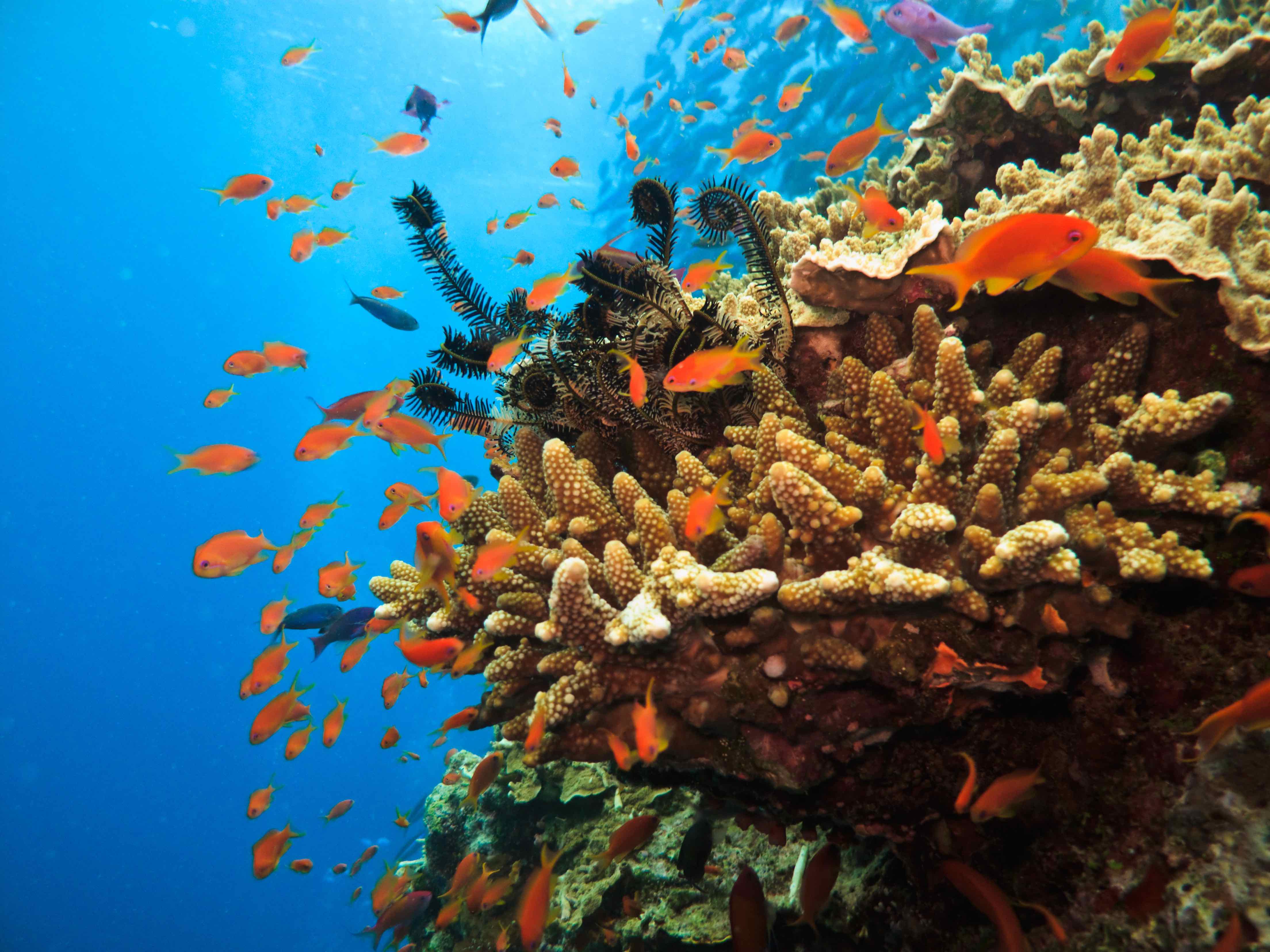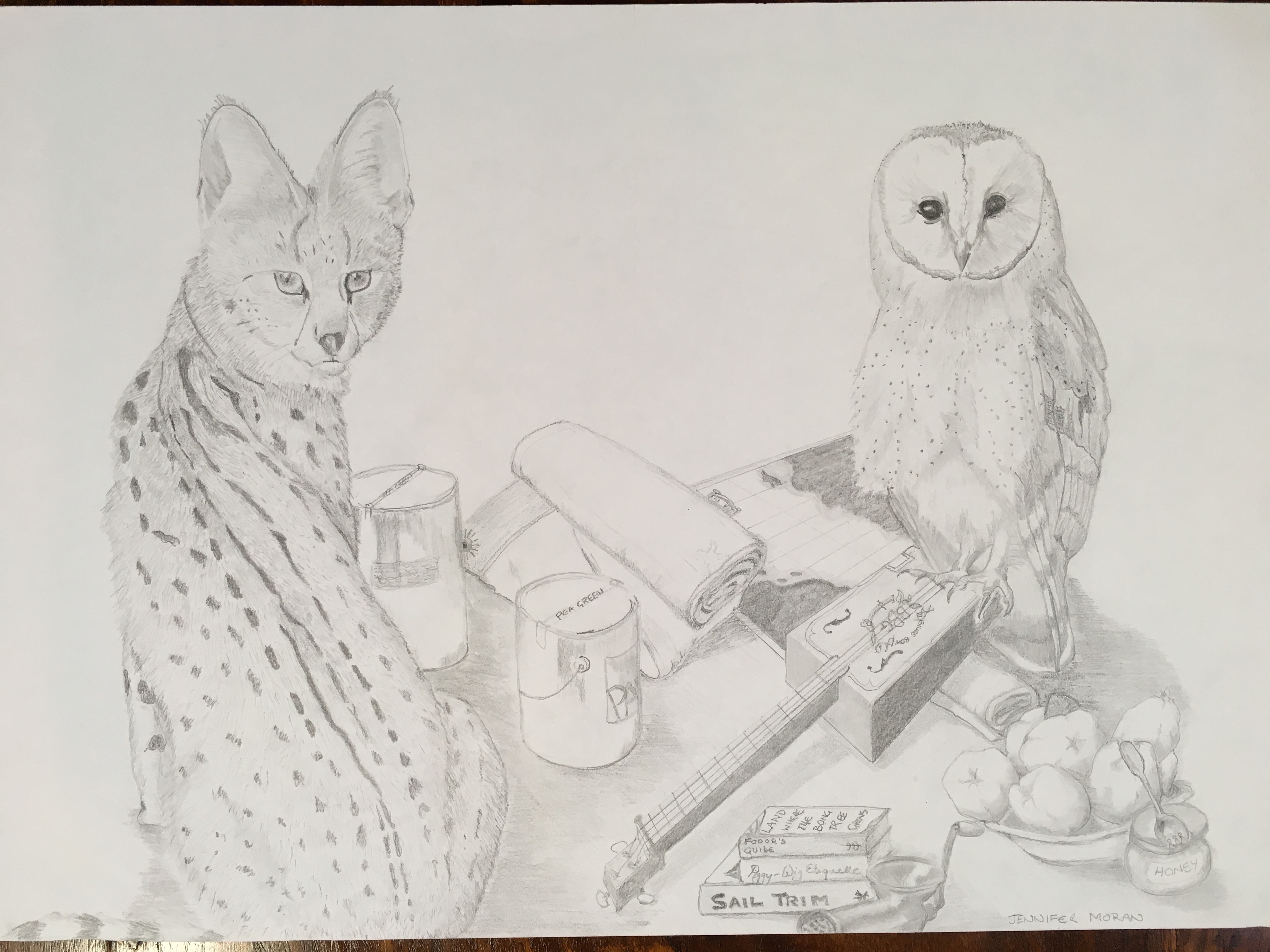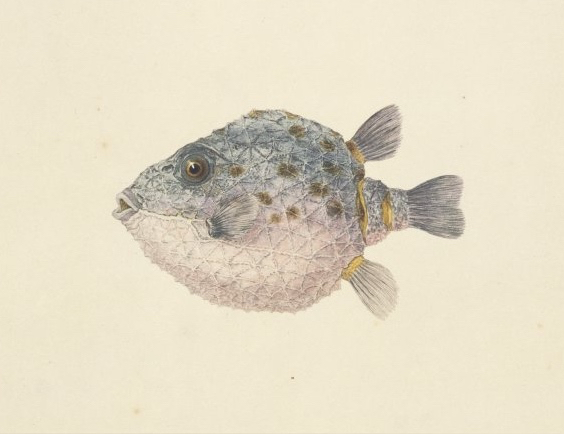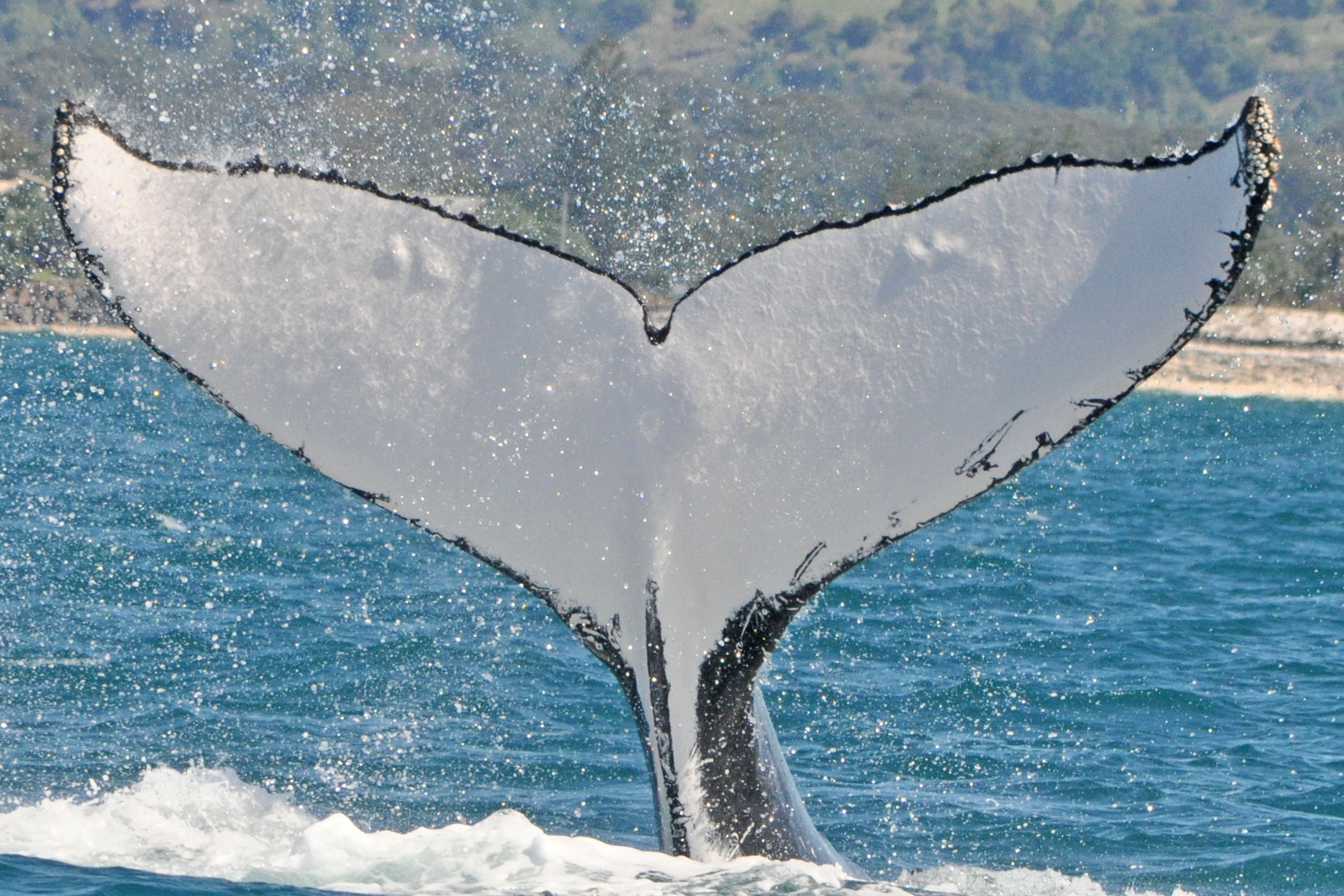Palaszczuk is Premier
- now for Reef promises
With the Palaszczuk Government now confirmed in Queensland, proponents for the Great Barrier Reef will be waiting for election promises to translate into action.
During the election campaign Labor promised to commit $100 million over five years to protect the Great Barrier Reef and mitigate against damage currently being caused.
Then in opposition, Annastacia Palaszczuk said that Labor would invest $20 million each year over five years to improve water quality within the reef area, create a high-level taskforce of key stakeholders and fight for increased Federal Government funding.
“Australia faces the real possibility that the United Nations Educational, Scientific and Cultural Organisation (UNESCO) World Heritage Committee will decide to officially list the reef as ‘in danger’ in 2015,” Palaszczuk said.
A Labor Government would reduce nitrogen run-off by up to 80% in key catchments such as the Wet Tropics and the Burdekin by 2025; reduce total suspended sediment run-off by up to 50% in those catchments by 2025; form a taskforce with representatives from local government, conservation groups, primary producers, tourism operators and leading scientists to determine the best approach to meet strict targets and fight for a commensurate increase in funding from the Federal Government for Great Barrier Reef protection programs.
The taskforce would be required to report within a year of commencing and consider the effectiveness of robust regulations, a market-based trading mechanism or a combination of both.
Labor has previously committed to ban dumping of dredge spoil within the Great Barrier Reef World Heritage Area.
In the run up to the Queensland election Federal Environment Minister Greg Hunt ordered new regulations to ban the dumping of dredge spoil in the Great Barrier Reef Marine Park.
As he seeks to lobby UNESCO World Heritage Committee not to declare the Barrier Reef in danger, Hunt has ordered the Great Barrier Reef Marine Park Authority to draft regulation that would ban dredge dumping in the area.
He has made no commitment in regard to the Caley Valley Wetlands, already posited as an alternative dredge dump site in Queensland.
Queensland LNP made no significant announcement on the Reef during the election campaign.
Though the outgoing Newman government has previously sought to claim their Reef credentials were solid, there has been criticism of the Queensland Government’s support, financial and political, for increased coal mining and the development of ports to ship that coal.
Opposition to the Federal Government’s plan to allow the dumping of dredge spoil from the Abbot Point development in the Barrier Reef area resulted in a classic wedge-politics proposal for onshore dumping into the the significant Caley Valley Wetlands, a fish nursery and the habitat of threatened shorebirds.
The Queensland LNP claimed its incentives to mining, including its $300 million commitment to help fund the railway to be built by Indian mining giant Adani, were to boost jobs growth. But conservation groups argued that the Reef, which brings $6 billion into the economy and provides up to 67,000 jobs, is a far better investment for government.
The Greens’ policies support the introduction of World Heritage legislation that provides the highest level of protection for all World Heritage sites in Queensland and the review of coast management plans to include climate change mitigation and protection from developments based on science, as well as increasing funding for existing marine park management and planning.
The Mackay Conservation Group has challenged the validity of the Commonwealth Minister for the Environment’s approval for the Carmichael open cut and underground coal mine, 189 km rail link and associated infrastructure in central Queensland.
The Federal Court of Australia will hear that in assessing the project under the Environment Protection and Biodiversity Conservation Act 1999 (Commonwealth), the Minister failed to take into account the impacts of greenhouse gas emissions produced by burning coal from the mine. In particular, the impacts of burning coal on the world heritage values, natural heritage values and the environment of the Great Barrier Reef should have been considered.
The activist group GetUp has challenged the validity of the decision to dump sediment in the Caley Valley Wetlands.

… there is nothing - absolutely nothing - half so much worth doing as simply messing about in boats.
- Ratty to Mole in The Wind in the Willows by Kenneth Grahame




